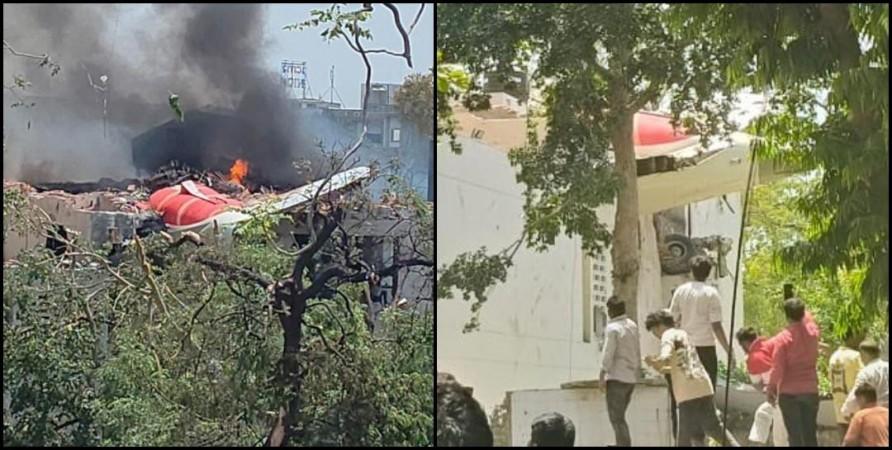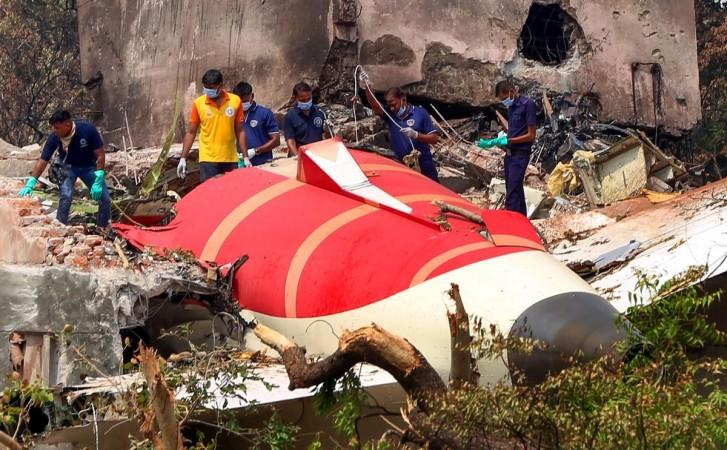
In a recent incident involving an Air India flight departing from Ahmedabad, a potential disaster was narrowly avoided, prompting widespread analysis and discussion. The flight experienced an unexpected and rapid descent shortly after takeoff, causing alarm among passengers and crew. Despite the initial panic, the pilot managed to stabilise the aircraft, allowing it to continue safely to its destination. This event has raised significant concerns about aviation safety protocols and the potential for catastrophic outcomes in similar situations.
Following the incident, aviation experts have been diligently working to understand the sequence of events that led to the sudden drop in altitude. A key component of this investigation has been the application of mathematical modelling to assess the flight's trajectory and the forces involved. Through this detailed analysis, experts have debunked the initial theory that the aircraft was on the brink of crashing, providing a more nuanced understanding of the situation.
One expert involved in the analysis stated, "The data shows that while the descent was indeed rapid, the aircraft was never in immediate danger of crashing. The pilot's quick response and the aircraft's design features played a crucial role in stabilizing the situation." This analysis has offered reassurance to passengers and the public, highlighting the importance of advanced technology and rigorous safety protocols in modern aviation.
Pilot Training and Safety Protocols
The incident has sparked a broader conversation about the training and preparedness of pilots in handling emergencies. Air India, like many airlines, implements a comprehensive training program for its pilots, which includes simulations of various emergency scenarios. This training is designed to equip pilots with the skills and knowledge necessary to respond effectively to unexpected events, ensuring the safety of passengers and crew.

In response to the recent incident, Air India has reiterated its commitment to maintaining the highest safety standards. A spokesperson for the airline emphasised, "The safety of our passengers and crew is our top priority. We are conducting a thorough investigation into the incident and will take all necessary measures to prevent a recurrence." This statement highlights the airline's commitment to ongoing improvement and its proactive approach to addressing safety concerns.
The Air India incident is not an isolated case; there have been similar events in the past where quick thinking and expert handling by pilots have averted potential disasters. One notable example is the 2009 incident involving US Airways Flight 1549, famously known as the "Miracle on the Hudson." In that case, Captain Chesley "Sully" Sullenberger successfully landed the aircraft on the Hudson River after both engines failed due to a bird strike. The incident highlighted the critical role of pilot expertise and decision-making in ensuring passenger safety.








